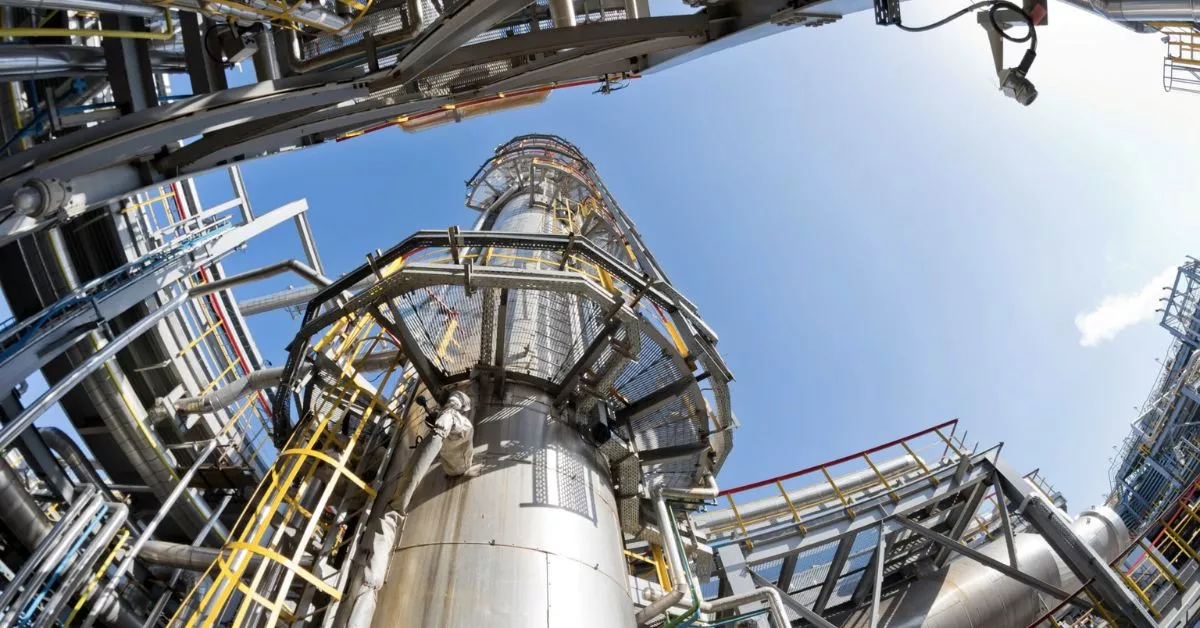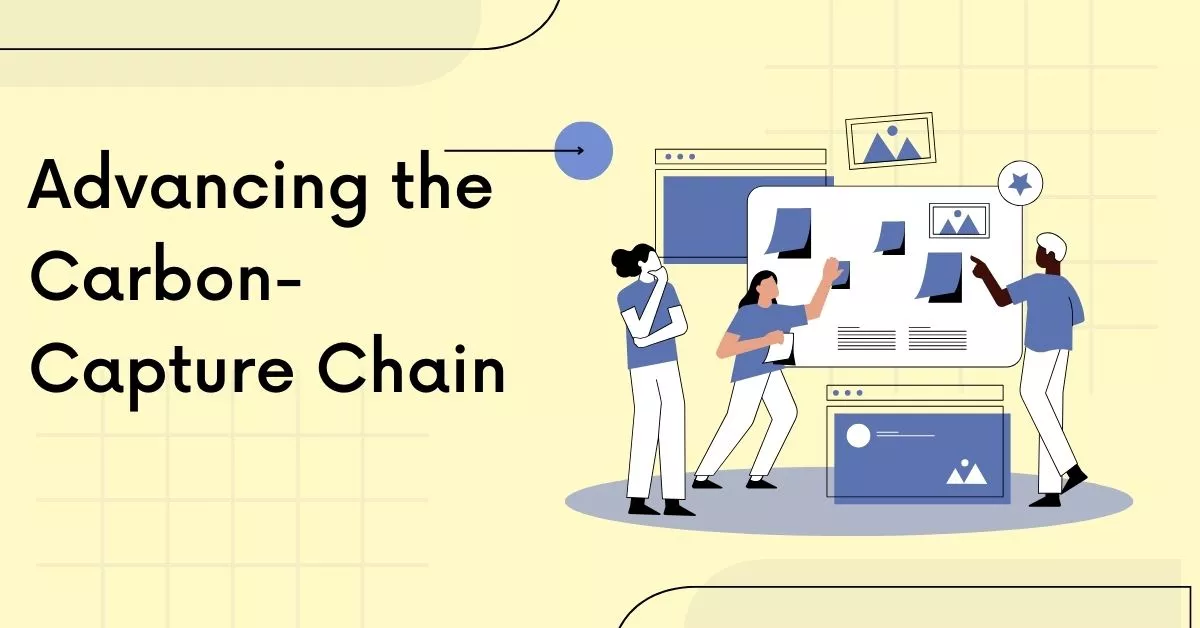Advancing the carbon-capture value chain involves leveraging various technologies that play integral roles in capturing, storing, and utilizing carbon emissions to mitigate their impact on the environment. Here are several key technologies driving progress in this domain:

Direct Air Capture (DAC)
DAC technology involves pulling carbon dioxide directly from the atmosphere using specialized filters or absorbents. These systems capture CO2 from ambient air, allowing for its storage or conversion into useful products.
Carbon Capture and Storage (CCS)
CCS involves capturing CO2 emissions produced from industrial processes or power generation and then storing it underground, preventing its release into the atmosphere. This technology typically utilizes pipelines to transport captured CO2 to suitable geological storage sites.
Carbon Utilization
Technologies for carbon utilization involve converting captured CO2 into valuable products. Processes like carbon mineralization, where CO2 is mineralized into stable carbonates, or converting CO2 into fuels, chemicals, or construction materials showcase the potential for CO2 reuse.
Enhanced Oil Recovery (EOR)
EOR involves injecting captured CO2 into oil reservoirs to extract more oil while simultaneously storing CO2 underground. This process not only increases oil production but also provides a means of permanently storing CO2.
Bioenergy with Carbon Capture and Storage (BECCS)
BECCS combines bioenergy production (such as biomass) with CCS. CO2 emitted during bioenergy generation is captured and stored, effectively creating a negative emissions process by removing CO2 from the atmosphere.
Carbon Removal Technologies
Innovative technologies aim to actively remove CO2 from the atmosphere. This includes bioenergy coupled with carbon capture and storage, afforestation (planting trees to absorb CO2), and ocean-based approaches like ocean fertilization or direct ocean capture.
Electrochemical Conversion
Electrochemical processes utilize electricity to convert captured CO2 into useful chemicals or fuels. These methods often rely on renewable energy sources to power the conversion, contributing to the reduction of carbon emissions.
Artificial Intelligence (AI) and Machine Learning
AI and machine learning technologies aid in optimizing carbon-capture processes by analyzing vast amounts of data. These technologies improve efficiency, predict system behaviors, and optimize carbon-capture strategies.
Advanced Materials
Developing advanced materials like absorbents, membranes, or catalysts enhances the efficiency and selectivity of capturing CO2. These materials play a crucial role in improving the performance of carbon-capture technologies.

Conclusion
Blockchain technology ensures transparency and traceability in the carbon-capture value chain. It can verify carbon offsets, monitor emissions, and create transparent marketplaces for carbon credits.
Advancements in these technologies are crucial in establishing an efficient and comprehensive carbon-capture value chain. Their integration and continuous innovation hold the potential to significantly reduce global carbon emissions and combat climate change.










